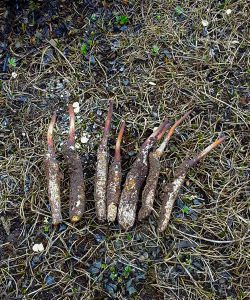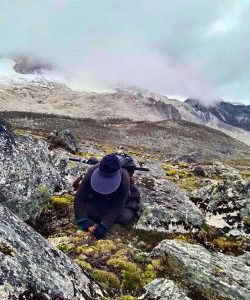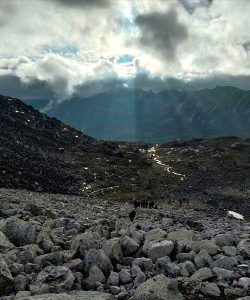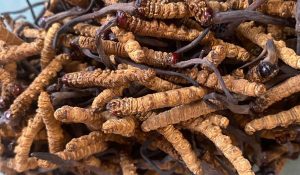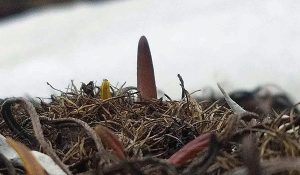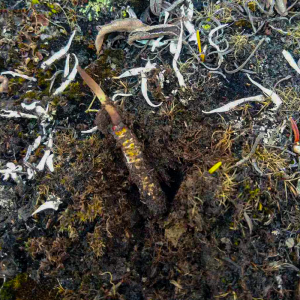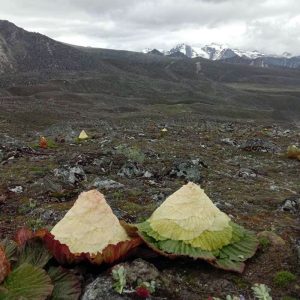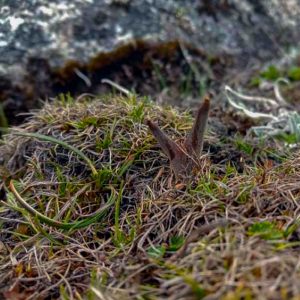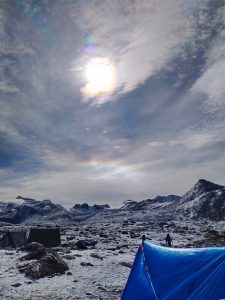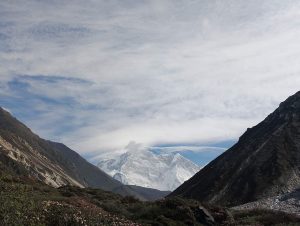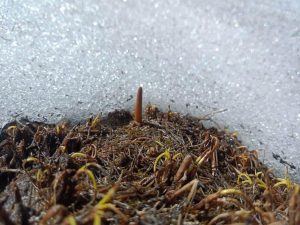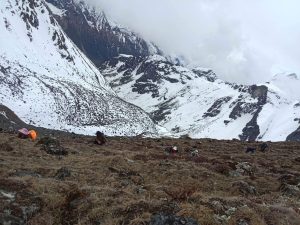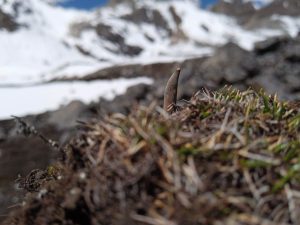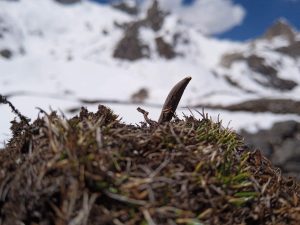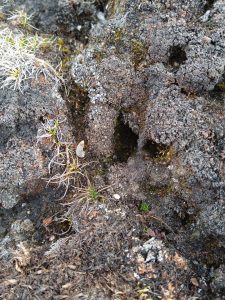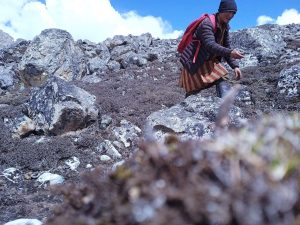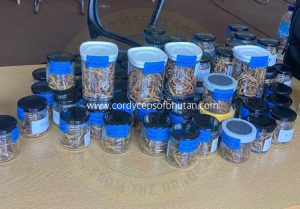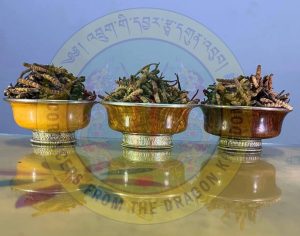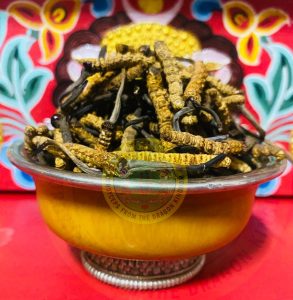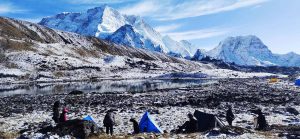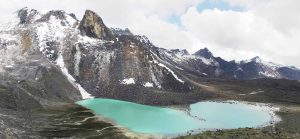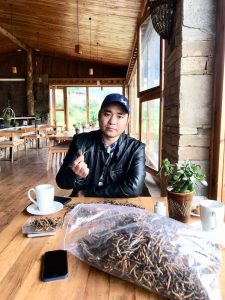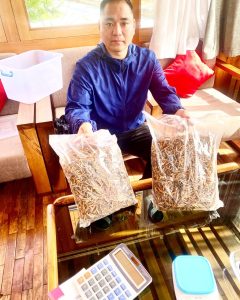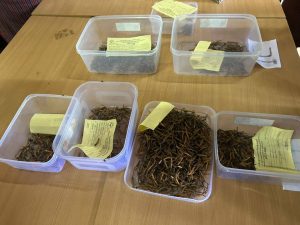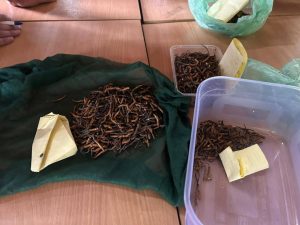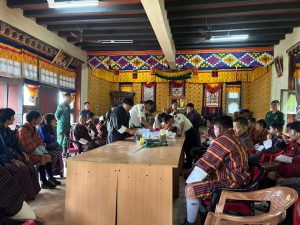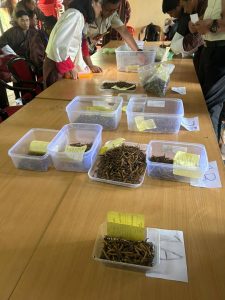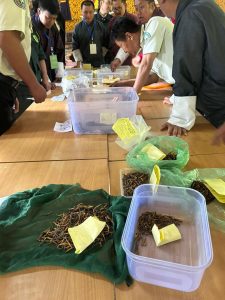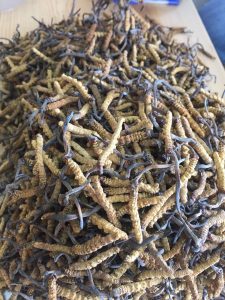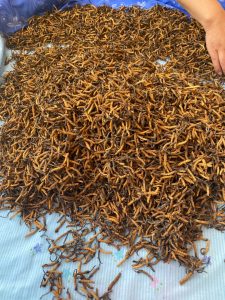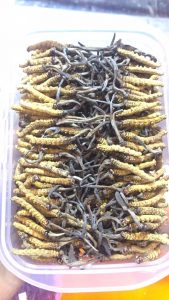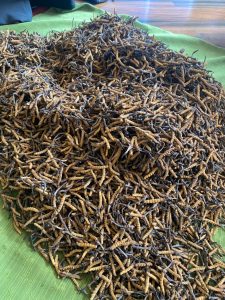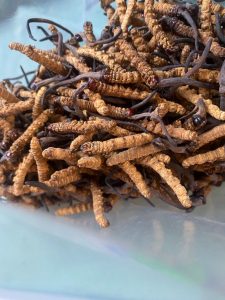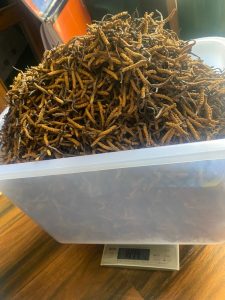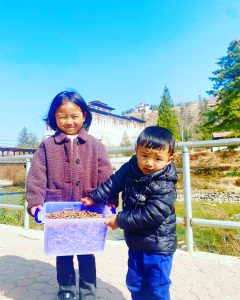Cordyceps from Bhutan
Cordyceps sinensis, also known as caterpillar fungus, is a parasitic fungus found in Hepialus worms. During winter, the fungus spores enter the worm and develop its mycelium by absorbing the worm’s nutrients.
The worm later dies when fully filled with the fungus mycelium. Upon maturity in the summer, the fungus grows out of the worm’s head to a length of about 3 to 10 cm.
In a detailed sampling research paper published by Wu, it is proved that Cordyceps collected from Bhutan is a rational alternative of natural C. sinensis, which is beneficial for the improvement of their performance in health and medicinal food areas.
Why Cordyceps of Bhutan
In Bhutan, the Cordyceps Senensis are mostly collected from Laya, Lunana, and Bumthang. People also harvest it in other part of Bhutan including Trashiyangtse and Lhuentse.
The Government of Bhutan first confirmed the sustainable harvest in the year 2004. Only the licensed people are allowed to go for harvesting within the village’s vicinity for a limited time in a year. To ensure the protection of the environment, the sustainability of the Cordyceps and the collectors, the collection is overseen by local leaders and forestry services, who also keep an eye out for poachers.
Bhutan Best Cordyceps
When we export Cordyceps from Bhutan, it must be accompanied by an export permit and certificate of from the licensed Cordyceps dealer and the Bhutan Agriculture and Food Regulatory Authority (BAFRA), these will be inspected at all the exit points in Bhutan.
The Cordyceps in Bhutan are the Wild Cordyceps naturally sprouted in the cold Environment. There is no domestic harvesting culture in Bhutan but the people in Highland who holds the permit to collect it as a profession.
